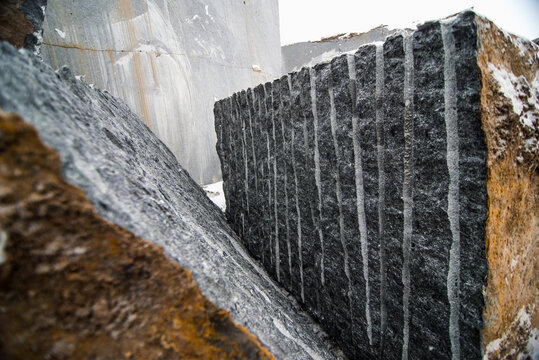Checking Out Granite Quarries in South Africa Industry: From Quarry to Masterpiece
Unveiling the Mysteries of Granite Quarrying: Where Stamina and Style Meet
The world of granite quarrying is a realm where the raw toughness of nature converges with human creativity to produce frameworks that stand the examination of time with an air of elegance. From the depths of quarries to the careful sprucing up in workshops, the procedure of transforming granite into architectural marvels is a complicated dancing of practice and innovation. As we peer into the depths of this ancient craft, we begin to discover the concealed details that form the really essence of our built setting.
The Beginnings of Granite Quarrying
In the annals of architectural history, the origins of granite quarrying are shrouded in a tapestry of ancient craftsmanship and geological marvels. Dating back to old Egypt and Mesopotamia, the extraction of granite from quarries noted the start of a trip that would eventually lead to the creation of some of the world's most iconic structures.
Granite quarrying's roots can be mapped to the experienced artisans who recognized the rock's durability and visual allure. Via a mix of primitive tools and sheer determination, these early quarry workers unearthed granite blocks that would come to be the structure blocks of human beings.
As people progressed, so did the methods of quarrying granite. The Romans, renowned for their engineering prowess, created innovative techniques for drawing out granite to build monuments, holy places, and roadways that stood the test of time.
The legacy of these old quarrying methods continues to shape modern-day design, with granite remaining a symbol of strength and style in building and construction jobs around the globe. (granite quarries in south africa)
Devices of the Quarrying Trade
The evolution of granite quarrying strategies from ancient civilizations to modern-day times highlights the vital duty played by the tools of the quarrying profession in forming the market's practices. In old times, quarrying tools were rudimentary, usually being composed of chisels, hammers, and wedges made from products like bronze or iron. These tools required substantial manpower and time to remove granite blocks from quarries.

In addition, the introduction of pneumatically-driven tools and high-powered machinery has considerably minimized the physical labor called for in quarrying procedures, boosting employee security and efficiency. As the quarrying market continues to innovate, the devices of the great site profession continue to be at the leading edge of driving progress and shaping the future of granite removal.
Removing Blocks of Granite
Using precision equipment and advanced strategies, the extraction of granite obstructs from quarries has come to be an advanced procedure in the contemporary quarrying market. Regulated blasting strategies are then used to break apart the granite right into workable areas.

Polishing and Ending Up Methods
To attain a flawless surface on granite blocks, knowledgeable artisans utilize a collection of precise sprucing up and finishing techniques. After the preliminary removal and shaping processes, the granite obstructs undertake a comprehensive sprucing up stage to enhance their natural appeal and longevity.
In enhancement to polishing, completing techniques are applied to further improve the granite's look. By very carefully choosing and applying these polishing and finishing strategies, craftsmens can transform raw granite obstructs into splendid pieces that showcase both toughness and sophistication.

Ecological Effect and Sustainability
With the growing emphasis on environmental consciousness in the market, granite quarrying techniques are increasingly scrutinized for their effect on all-natural sources and lasting sustainability. In addition, the transportation of granite from quarries to processing facilities generates carbon emissions, better adding to ecological degradation.
To mitigate article these impacts and guarantee sustainability in granite quarrying, market stakeholders are embracing different procedures. Applying innovative modern technologies to lower power intake and water use, redeeming quarried land for eco-friendly reconstruction, and advertising liable sourcing techniques are some approaches being used. Moreover, accreditations such as the Forest Stewardship Council (FSC) and the Leadership in Energy and Environmental Design (LEED) aid customers determine ecologically friendly granite products.
Verdict
In final thought, granite quarrying is a process that recommended you read calls for specialized tools and strategies to essence blocks of granite and brighten them to a high level of coating. While the ecological effect of quarrying can be significant, initiatives are being made to improve sustainability techniques in the market. On the whole, granite quarrying is a delicate equilibrium between using the stamina and style of this natural rock while reducing its effect on the environment.